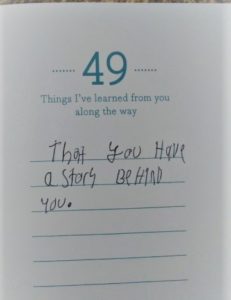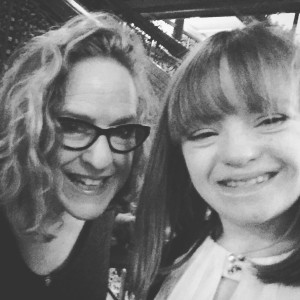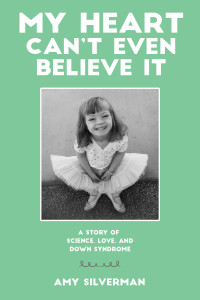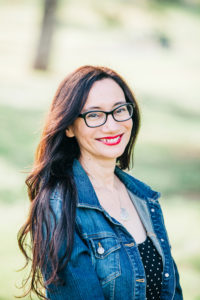This month marks the ten-year anniversary of my first published piece, “Flight.” I will never, ever forget when Literary Mama accepted that story—I was over the moon. It was the writerly breakthrough I needed and kicked off a ten-year streak of publishing my fiction and essays in some truly wonderful magazines.
A decade is a long time, and although many of the magazines I’ve appeared in are still going strong (including Literary Mama!), several have folded. In the last year alone I’ve taken down seven links that led to defunct websites.
The good news is my stories belong to me, and there’s more than one way to make them available to you. One of my goals for 2022 was to add audio of me reading these orphaned pieces on my website. And then I thought, well, why not video too? So here they are!
I started with the four prose poems I lost when Mothers Always Write shut down a few months ago. Next, I hope to tackle the short stories that disappeared with YA Review Net, including the award-winning “The Lost Girls” and the Pushcart Prize nominated “We Never Get to Talk Anymore.”
If you’re looking for something new, the final video features an unpublished essay called “Enchanted.”
Thanks for reading/listening/watching!




















Connect With Me